I stopped at the Fox River in downtown Waukesha, Frame Park, mid morning to see if what was going on. About ~10 Ring-necked Ducks were present. They have been hanging around now for a few days there on the river. These ducks are pretty skittish and never come very close to shore, pedestrians keep them pretty much in the middle of the river. Every once in awhile they drift a little bit to one side or the river or the other diving for food. They dove for food while I was there, then seemed to want to nap. I ran into Dan W. down there and we did a little shooting together for the few minutes of light we had this morning. Other species present appeared to be some Lesser Scaups, ~4 American Coots and a couple of Common Goldeneye were still hanging around. In the park area there were nice numbers of American Robins. A flock of European Starlings were also making themselves known. Images were taken on March 19, 2015.
Ring-necked Duck
Binomial name: Aythya collaris
Category: Ducks, Geese, and Swans
Size: 17” long, 25” wing span
Weight: 1.5 lb.
Habitat: Shallow freshwater or acidic wetlands such as fens, bogs, marshes, beaver ponds and swamps. They will use saltwater areas in the southern states.
Diet: The Ring-necked Duck gets its food diving shallow or near the surface. Eats plants such as wild rice, wild celery, sedges, reed canary grass, arrowhead, water lilies, pondweed. The main diet for adult females when feeding duckings is earth worms, leeches, midges, clams and caddis flies which is also what the duckings are feed.
Nesting: The nest is simply built by the female just before egg-laying time. Materials are grasses and stems taken from nearby the nest area, usually 2”-10” directly above the water to help protect from land predators. The size is 2”-4” deep and 9”-10” across with a ramp made to the water. The female lines the nest with her down feathers. Usually one egg per day is laid with a clutch size of 6-14 eggs.
Facts: Although called a Ring-necked Duck, it appears to have a ringed bill. The ring on the neck, how it gets its name is chestnut-colored and hard to see unless you are close up. Some Minnesota lakes are gathering places for hundreds of thousands of these ducks during fall migration to feed on wild rice.



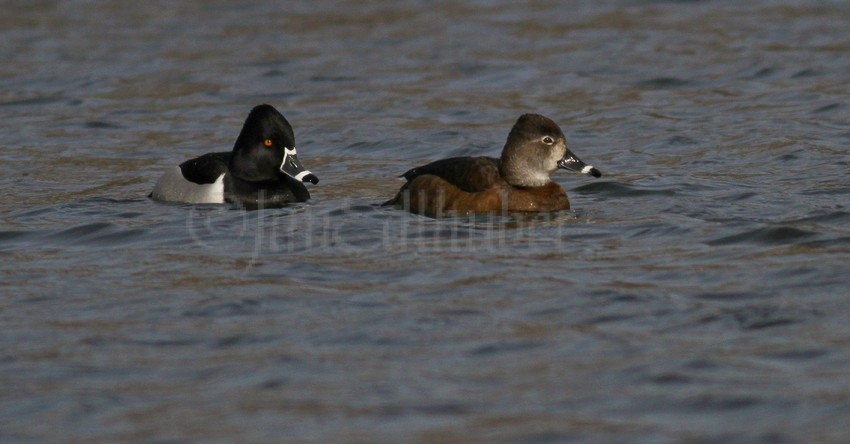
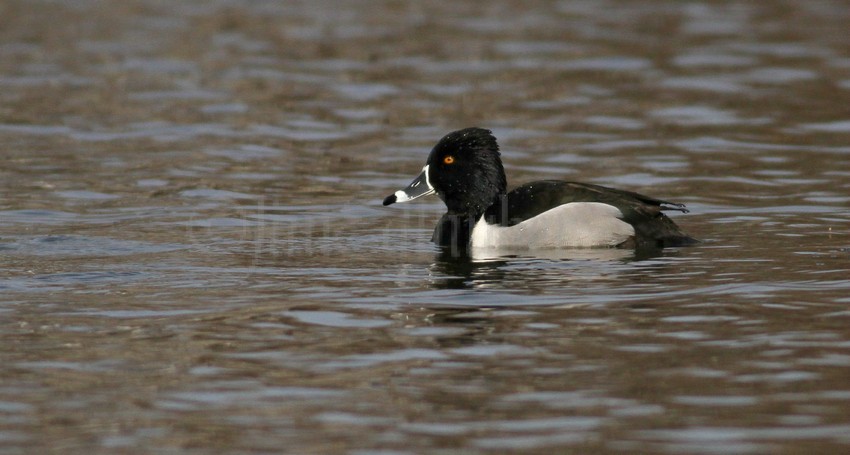



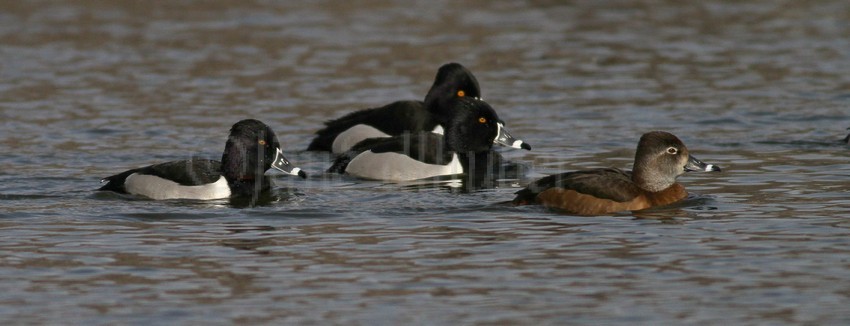

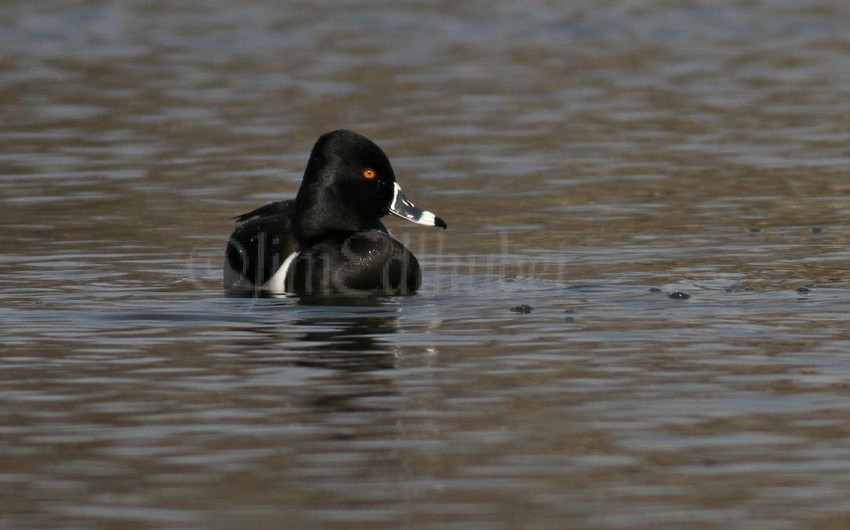

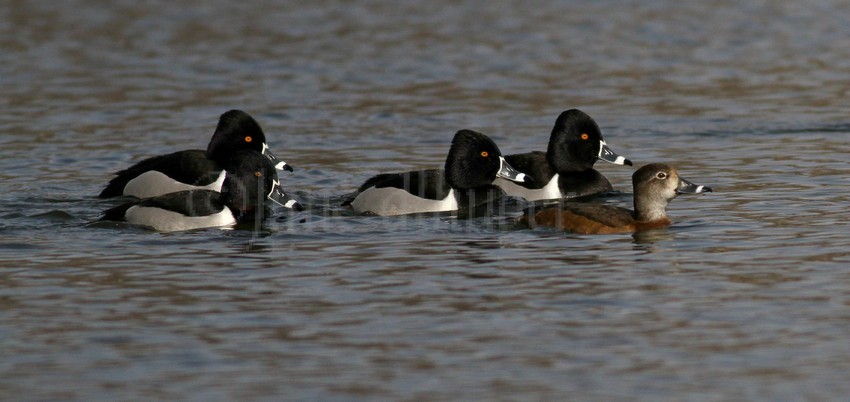
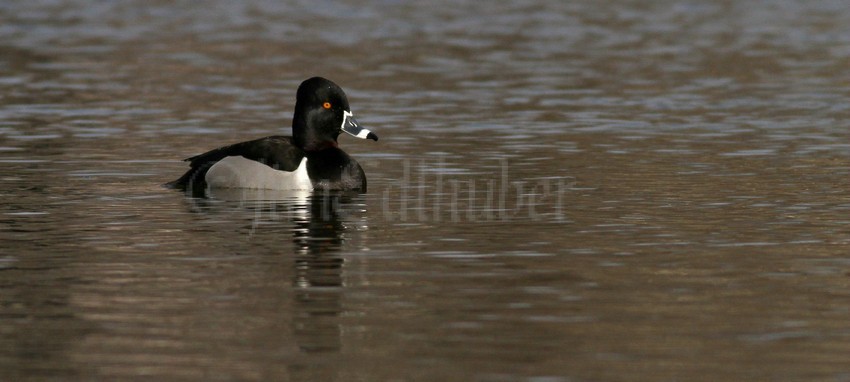
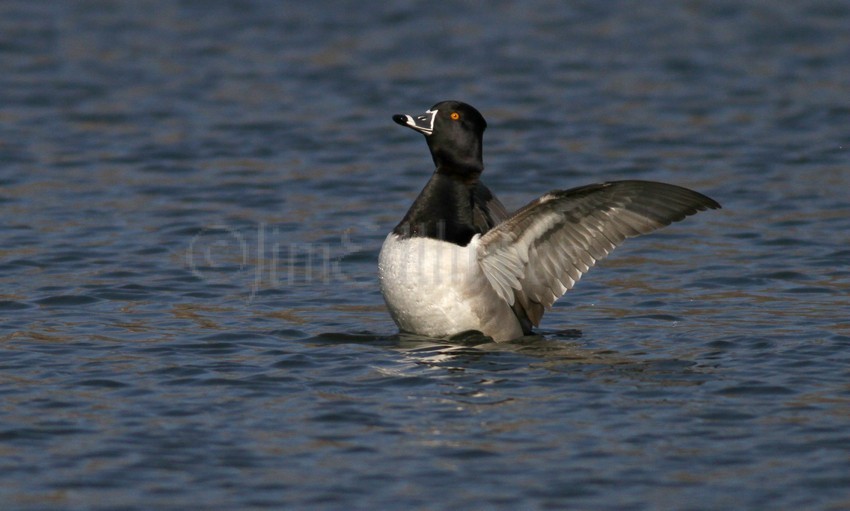


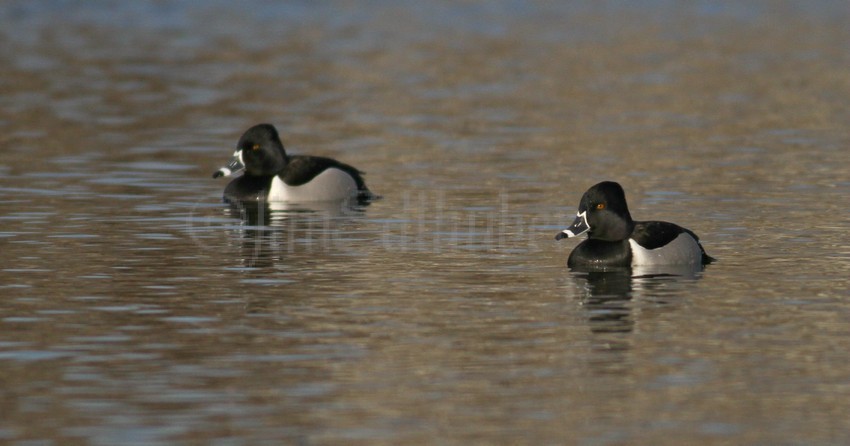
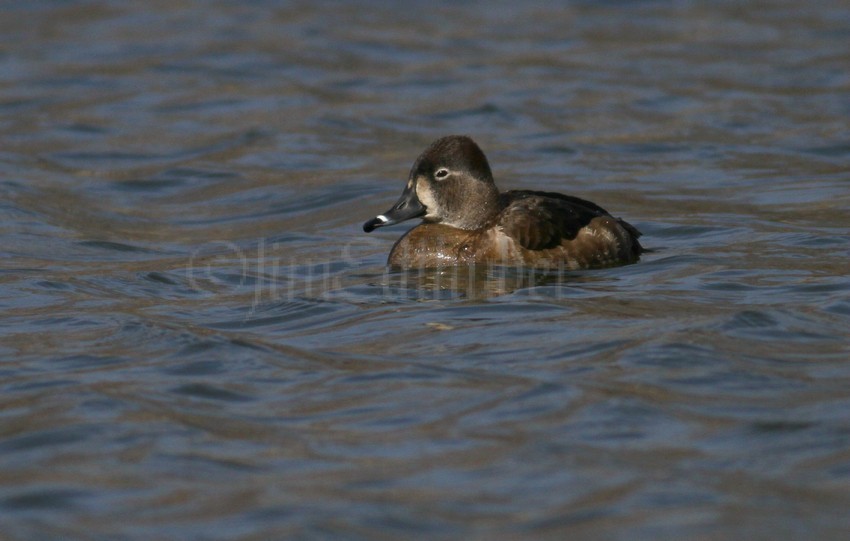
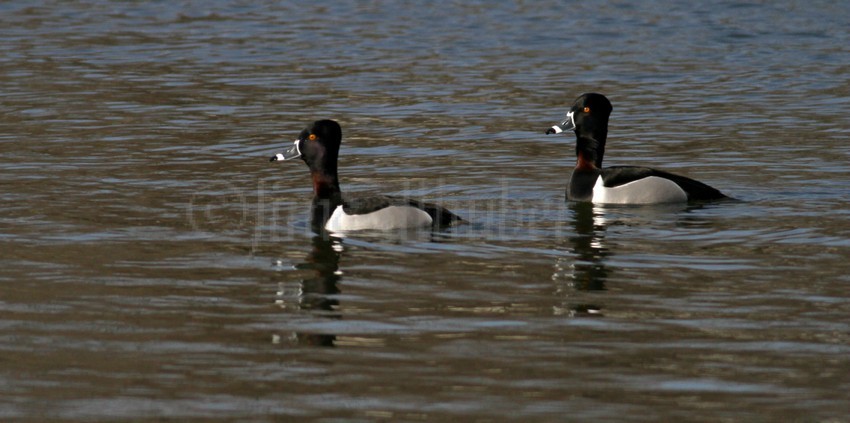

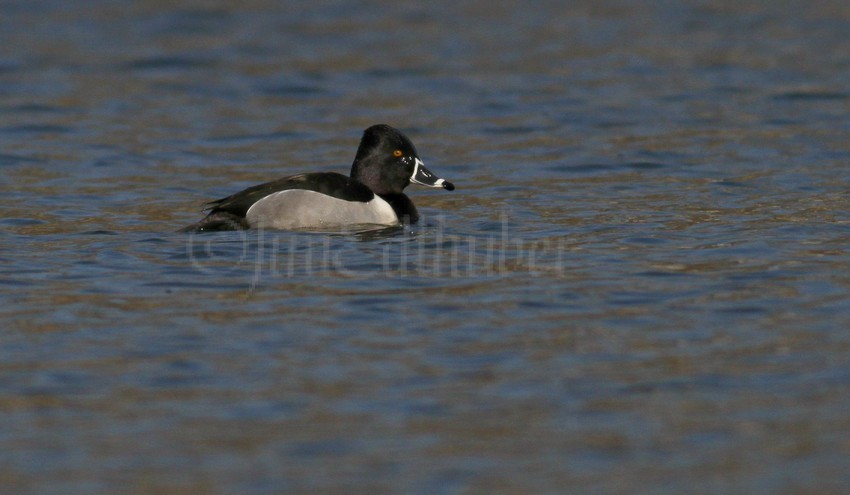
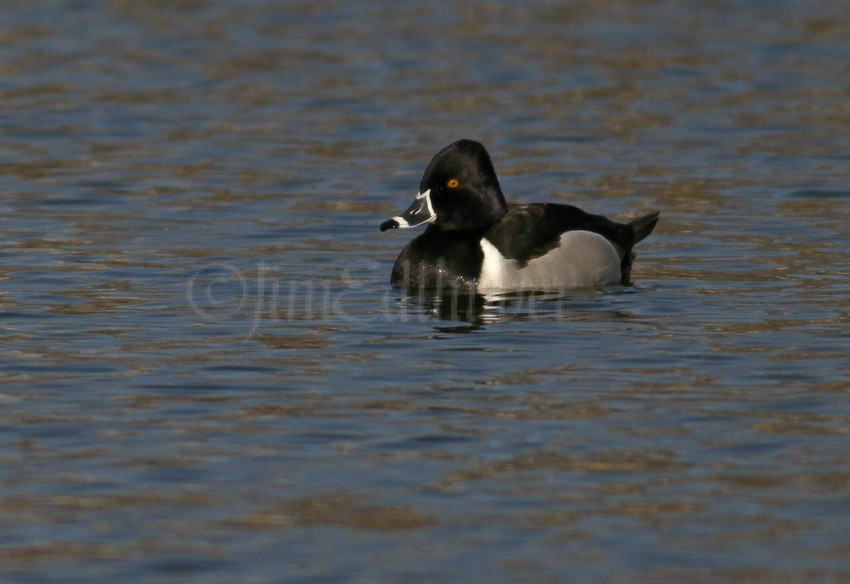


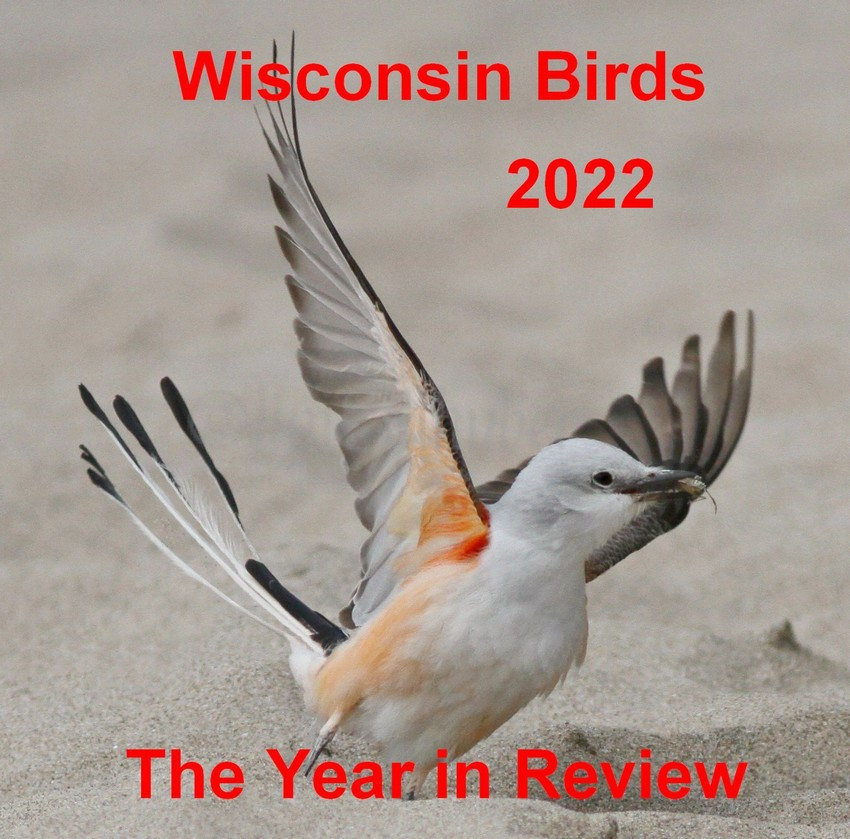
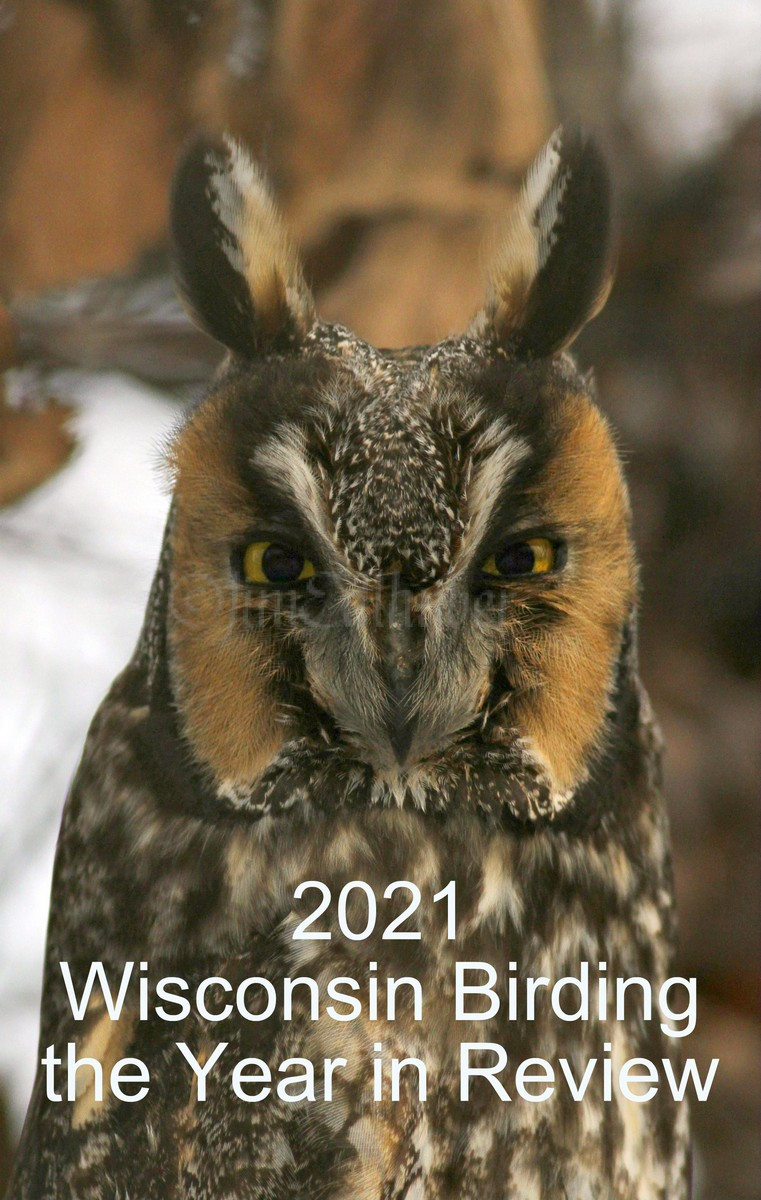


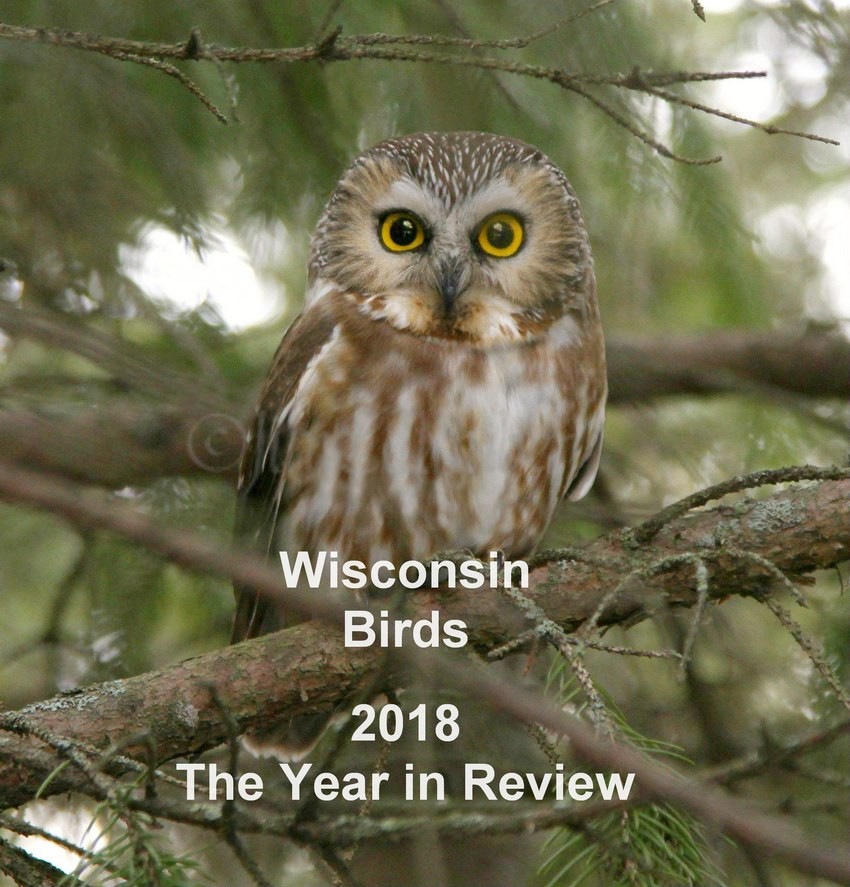
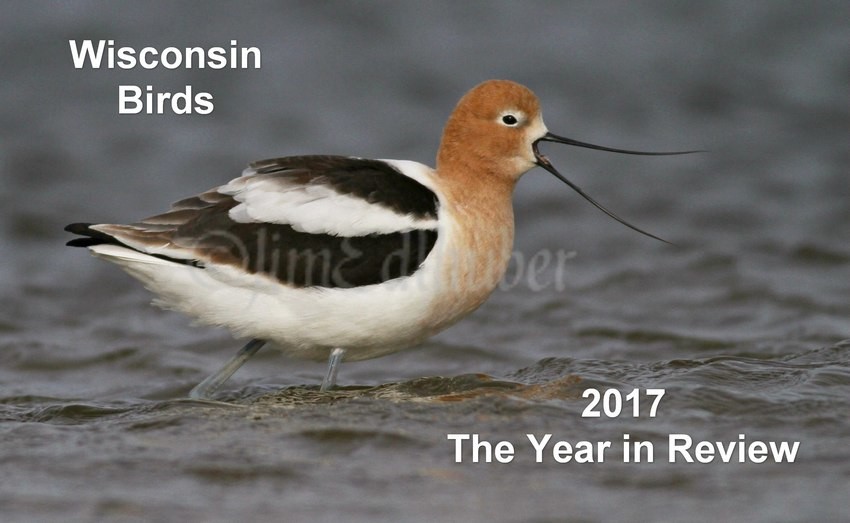
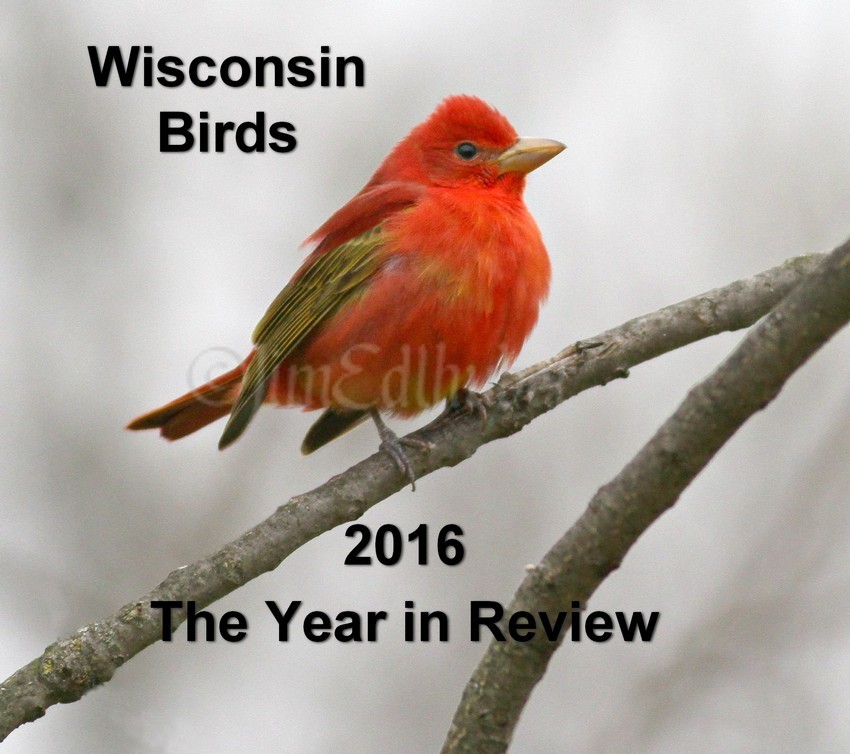
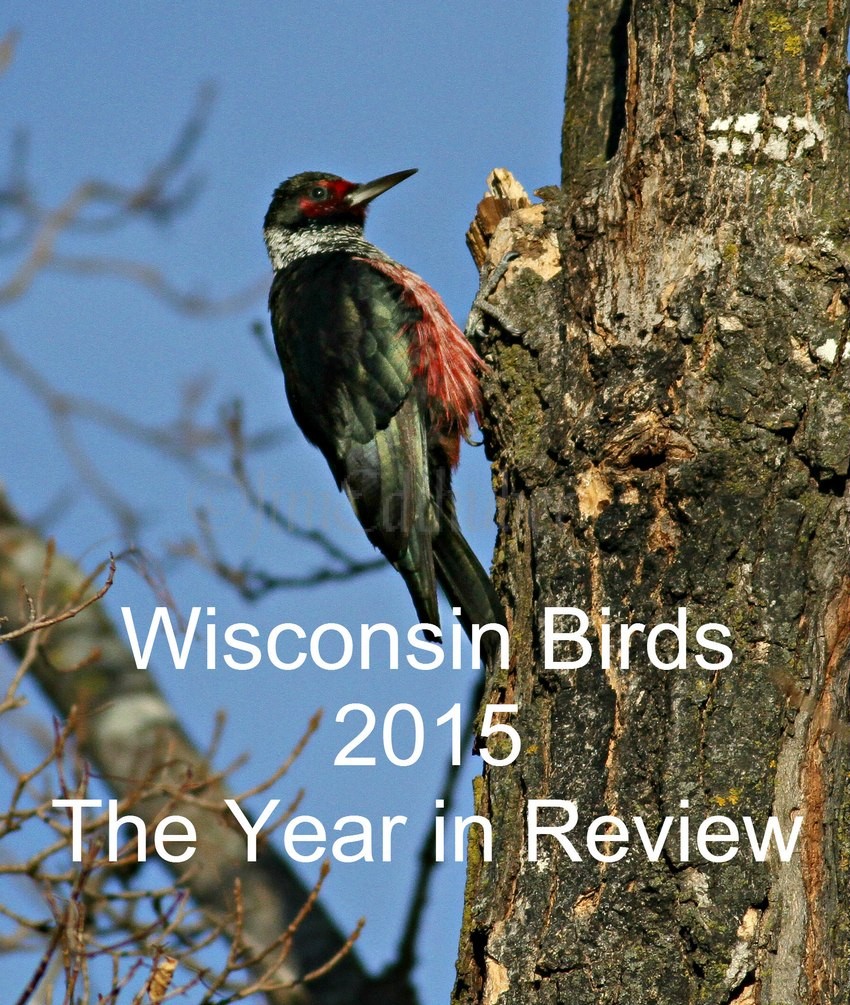


What an appetizer for the eyes!
Such vivid pictures. I have the most difficult time with waterfowl , other than the obvious like your previous pictures of the beautiful Wood Duck, so a bird guide with these up close photos would help me. Thanks for sharing.
I was watching these ducks from my balcony overlooking the Fox river this week and thinking: I hope Jim captures a photo of these visitors.
Not to be disappointed!…. I have truly appreciated your artwork since meeting you while walking along the Fox last year. Many thanks for sharing your journeys.
Two words…
GOR… JUS! : )
Thanks for sharing these with us, Jim! Just GOR… JUS!